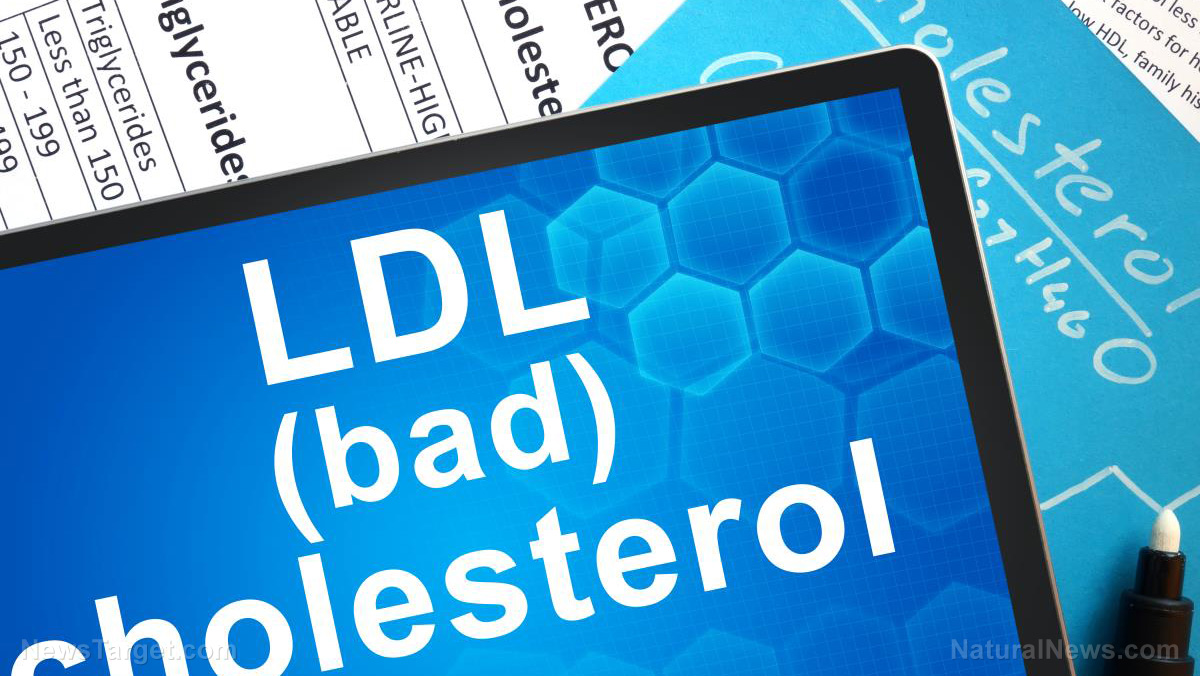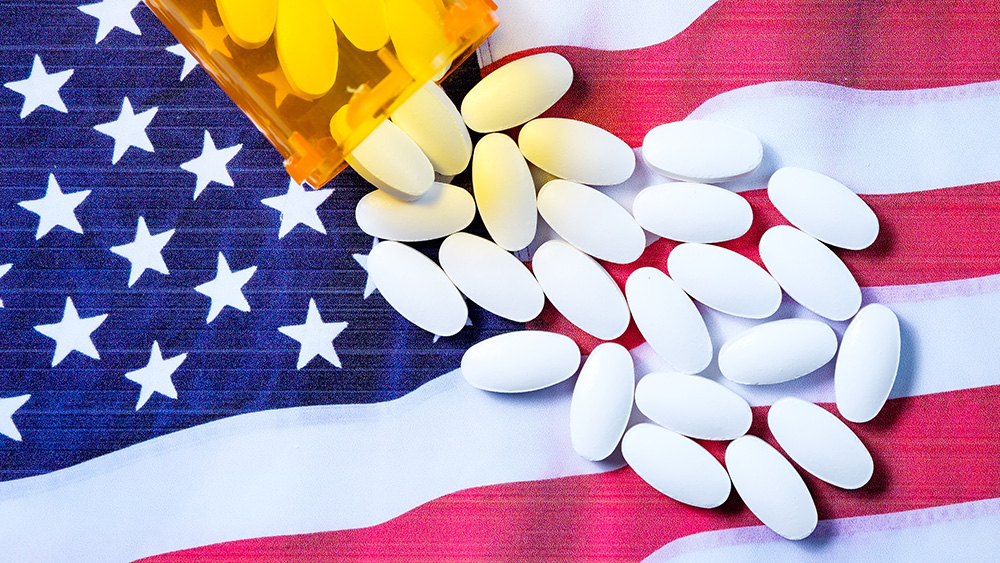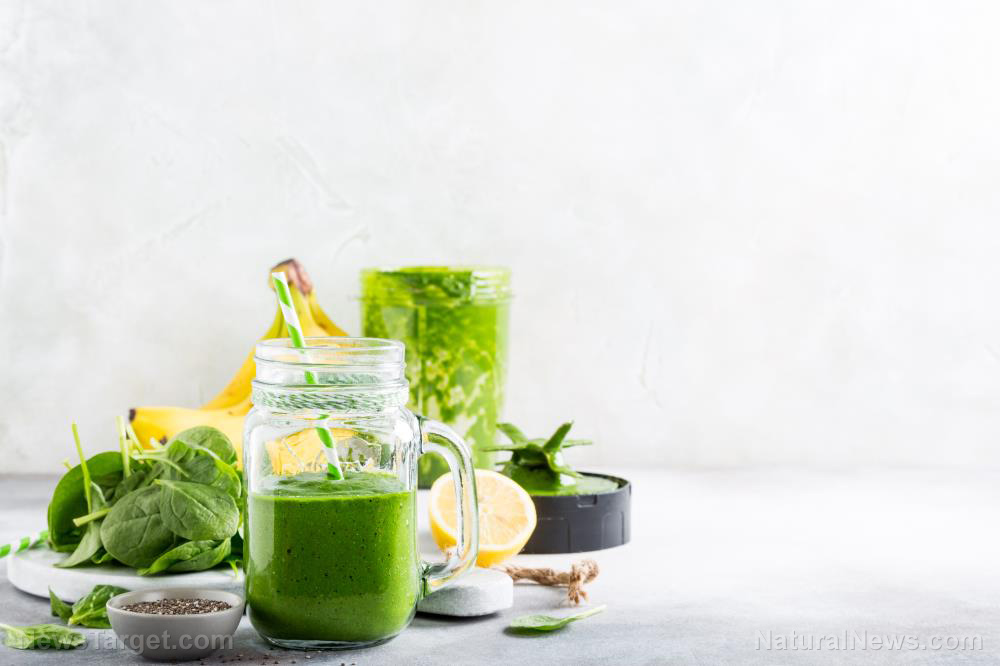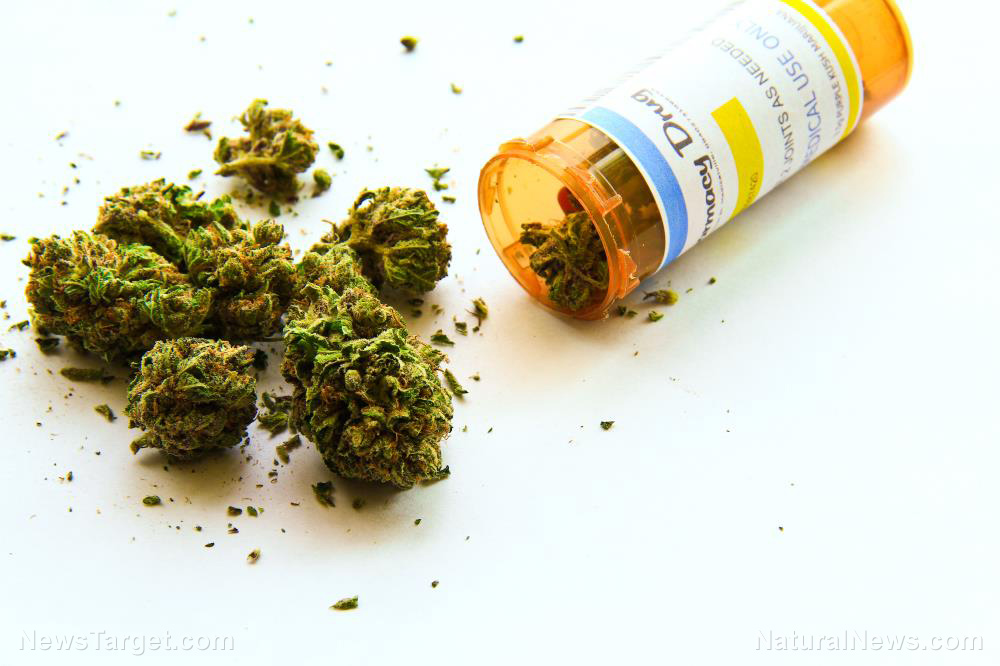Grocery stores and pharmacies are KILLING people with nitrosamines
10/07/2019 / By Ethan Huff

In case you missed it, every major drug store chain in the country has now pulled Zantac and other ranitidine drugs from their shelves following the release of a safety report by the U.S. Food and Drug Administration (FDA) suggesting that these popular heartburn medications could cause cancer.
As we also reported, Zantac contains a chemical known as nitrosodimethylamine (NDMA) that’s classified as a “probable human carcinogen,” though at levels that the FDA says “barely exceed amounts you might expect to find in common foods.”
As it turns out, foods like cured meats, cooked bacon, beer, some cheese, nonfat dry milk, and some types of fish all contain nitrosamines, which are in the same category as NDMA. Nitrosamines are also commonly found in crop pesticides and herbicides, meaning they’re probably on your fresh produce.
Since NDMA and these other nitrosamines all fall into the cancer-causing category, this means that even with Zantac gone, pharmacies and grocery stores are continuing to poison their customers with a chemical that’s unsafe for human consumption, but that’s in all sorts of foods and drugs.
You’re probably more familiar with nitrates, which are the type of nitrosamine found in processed meats. As we’ve reported in the past, nitrates are not only cancer-causing, but they also damage the gut and brain, and are linked to mental illness.
For more related news about the toxins lurking in your food, be sure to check out Toxins.news.
The good news is that vitamin C nullifies nitrosamines in the stomach
Keep in mind that there are also naturally occurring nitrates in foods like celery and spinach, though these will not convert into the harmful types of nitrosamines as long as vitamin C is consumed alongside them.
“Nitrates turn into nitrosamines more easily in acidic conditions, such as the environment in the stomach,” writes Christian Nordqvist for Medical News Today. “Usually, vitamin C converts nitrite into nitric oxide, thus inhibiting the formation of nitrosamines.”
Nordqvist also explains that nitrates exist naturally in human saliva, which makes consuming regular doses of vitamin C that much more important.
Too much fat in the stomach can also cause nitrosamines to form, as well as inhibit the ability of vitamin C to do its job. When no lipids are present, vitamin C was found to reduce the levels of two different nitrosamines by a factor of between 5 and 1,000. However, when 10 percent fat was added, vitamin C actually boosted the production of nitrosamines by a factor of between 8 and 140.
“When vitamin C reacts with nitrite in acid it forms nitric oxide,” Nordqvist goes on to explain. However, the nitric oxide can diffuse into fat; react with oxygen to form nitrosamine-generating chemicals.”
So in order to truly protect their customers from danger, CVS, Walgreens, Rite Aid, and Walmart, all of which recently removed Zantac from their stores, will also need to remove all processed meats and conventional produce sprayed with chemicals containing nitrosamines.
These pharmacies and grocery stores could also recommend that their customers who suffer from heartburn and acid reflux change their diets to encourage improved digestion. Popping a Zantac isn’t optimal, especially if you haven’t first tried taking apple cider vinegar, a probiotic, and / or a proteolytic enzyme blend to help naturally encourage healthy stomach acid levels.
“I used to take heartburn meds daily and eat Rolaids like candy,” wrote one Yahoo! Lifestyle commenter. “I switched to a keto diet last December and have not needed them since. It’s great!”
For more ideas about how to ditch the drugs and improve your health naturally without increasing your risk of cancer, visit NaturalMedicine.news.
Sources for this article include:
Tagged Under: cancer, disease causes, ingredients, Nitrates, nitrosamines, ranitidine, toxic chemicals, toxins, Zantac
RECENT NEWS & ARTICLES
PrescriptionDrugs.News is a fact-based public education website published by Prescription Drugs News Features, LLC.
All content copyright © 2018 by Prescription Drugs News Features, LLC.
Contact Us with Tips or Corrections
All trademarks, registered trademarks and servicemarks mentioned on this site are the property of their respective owners.



















